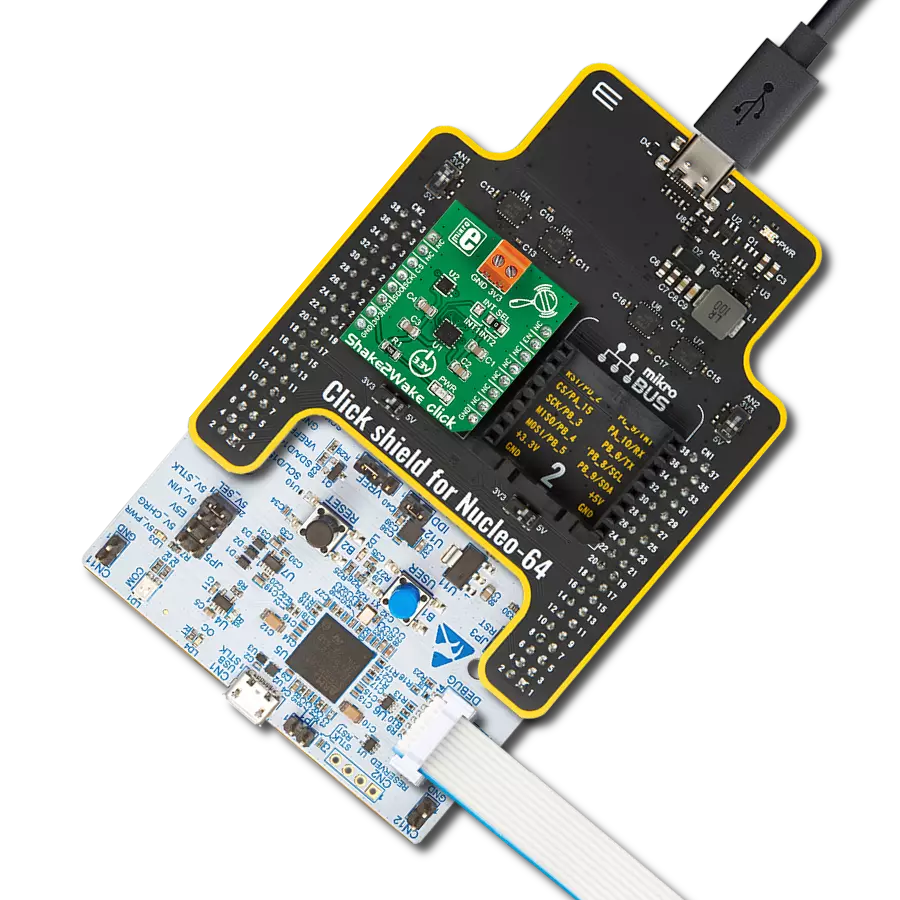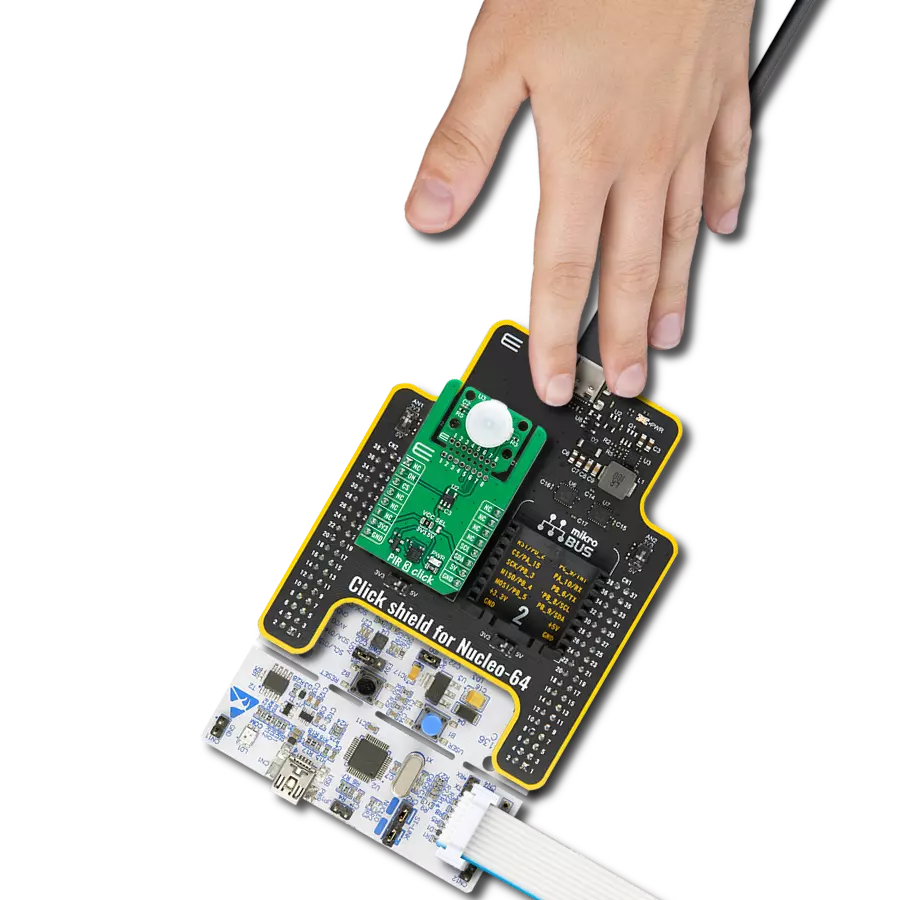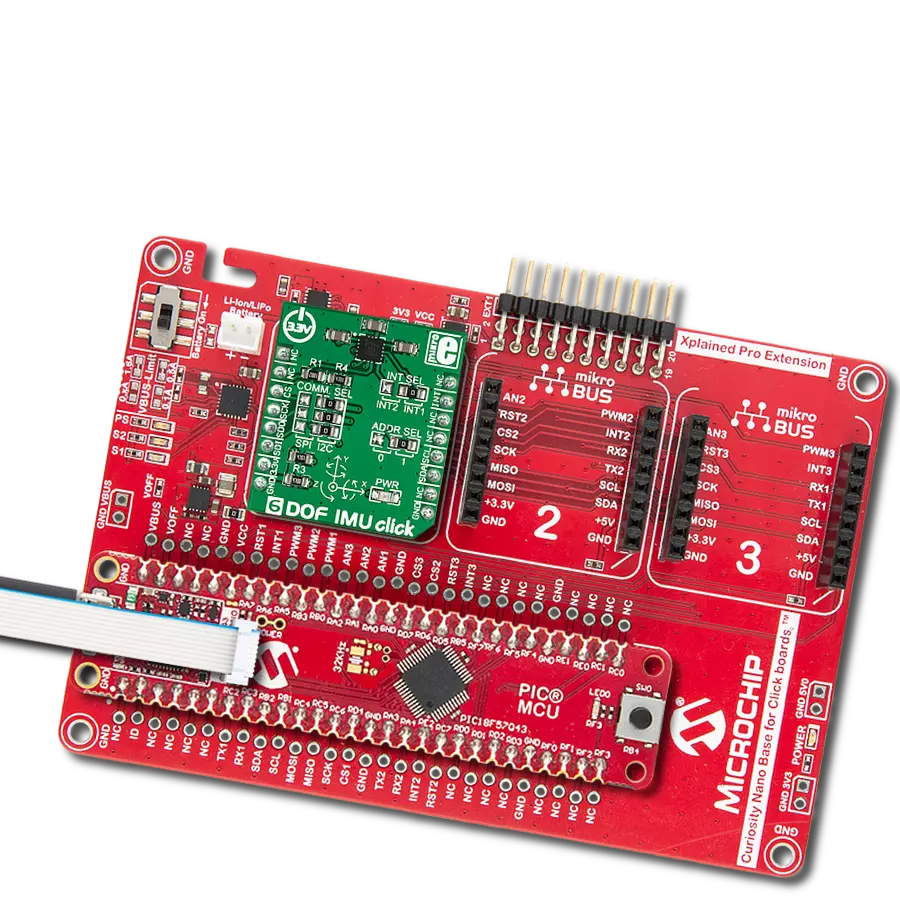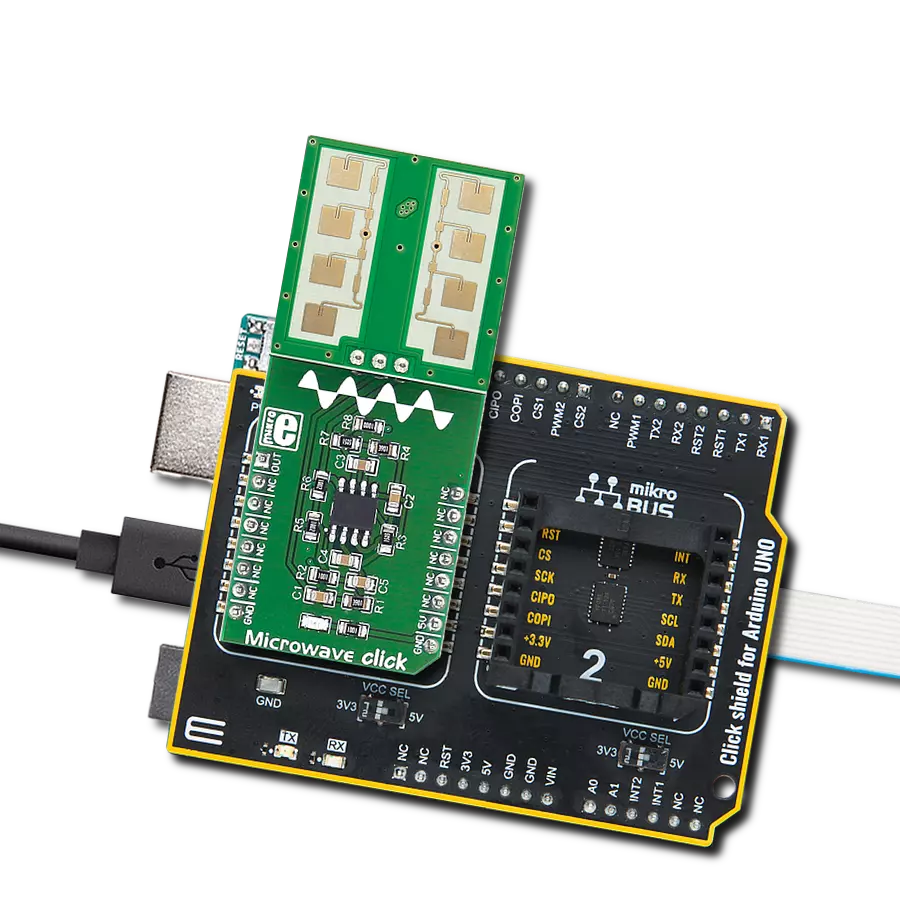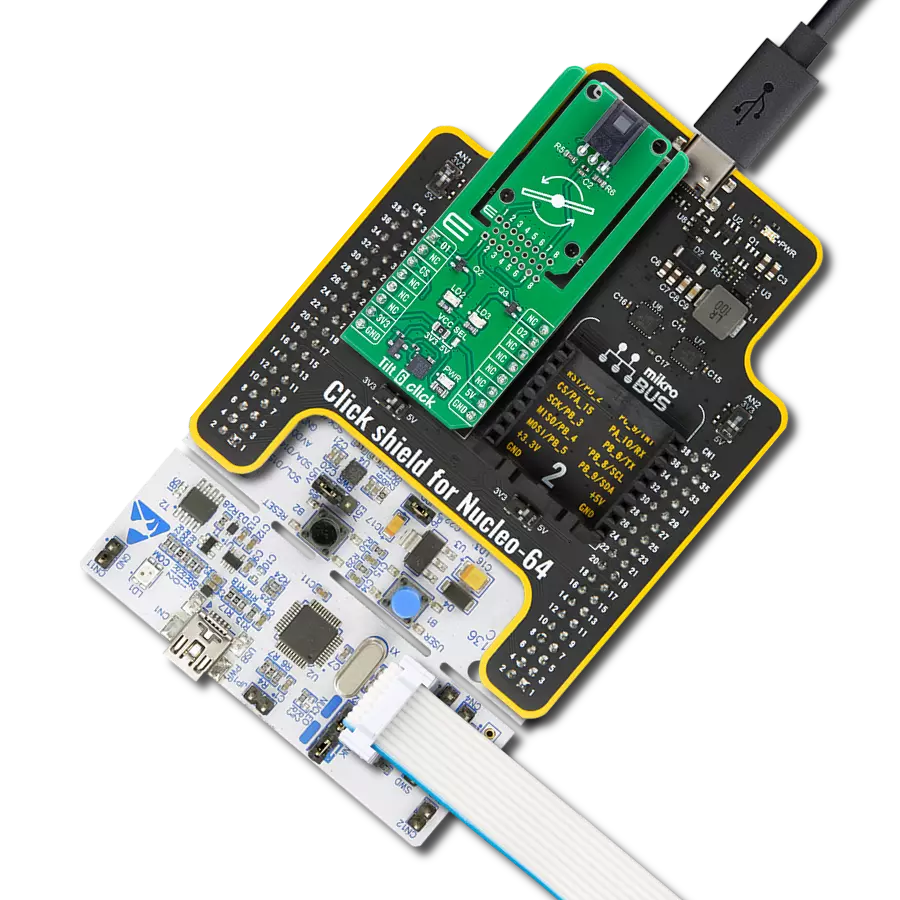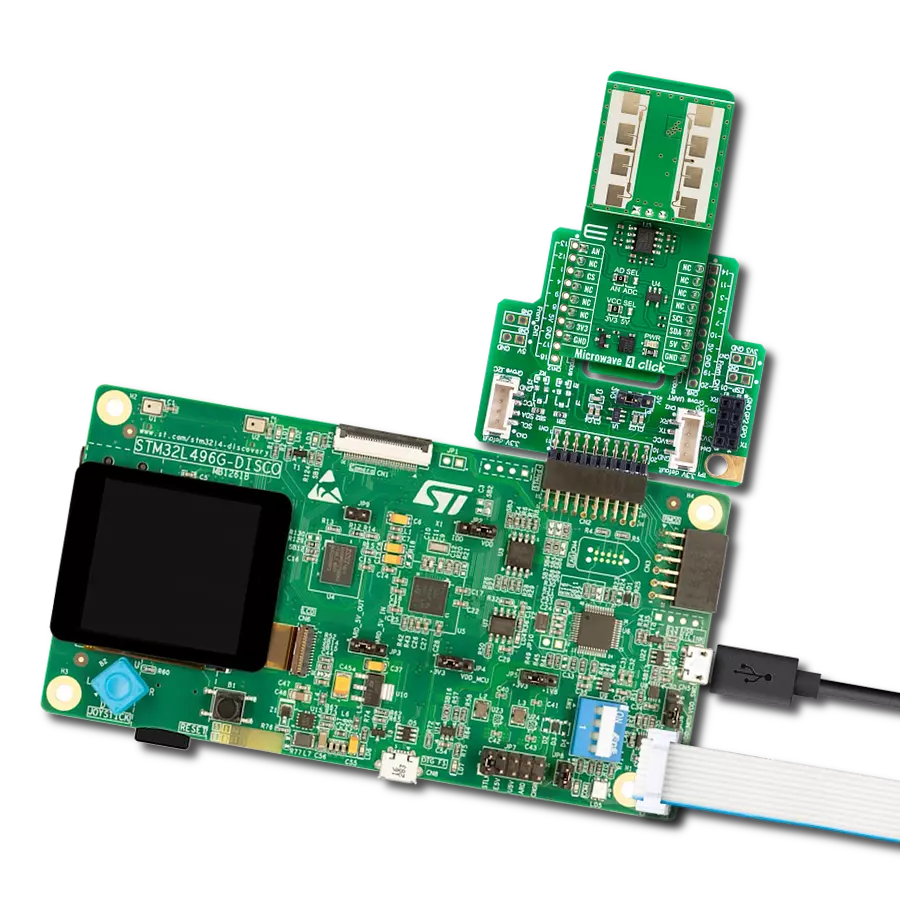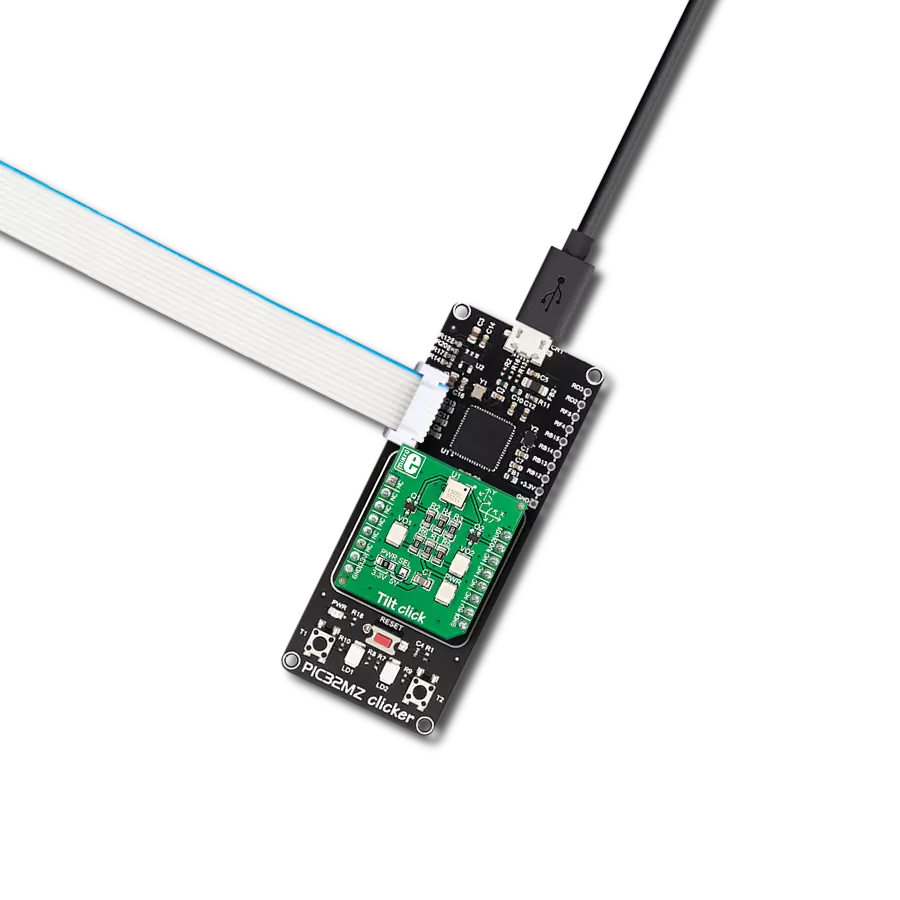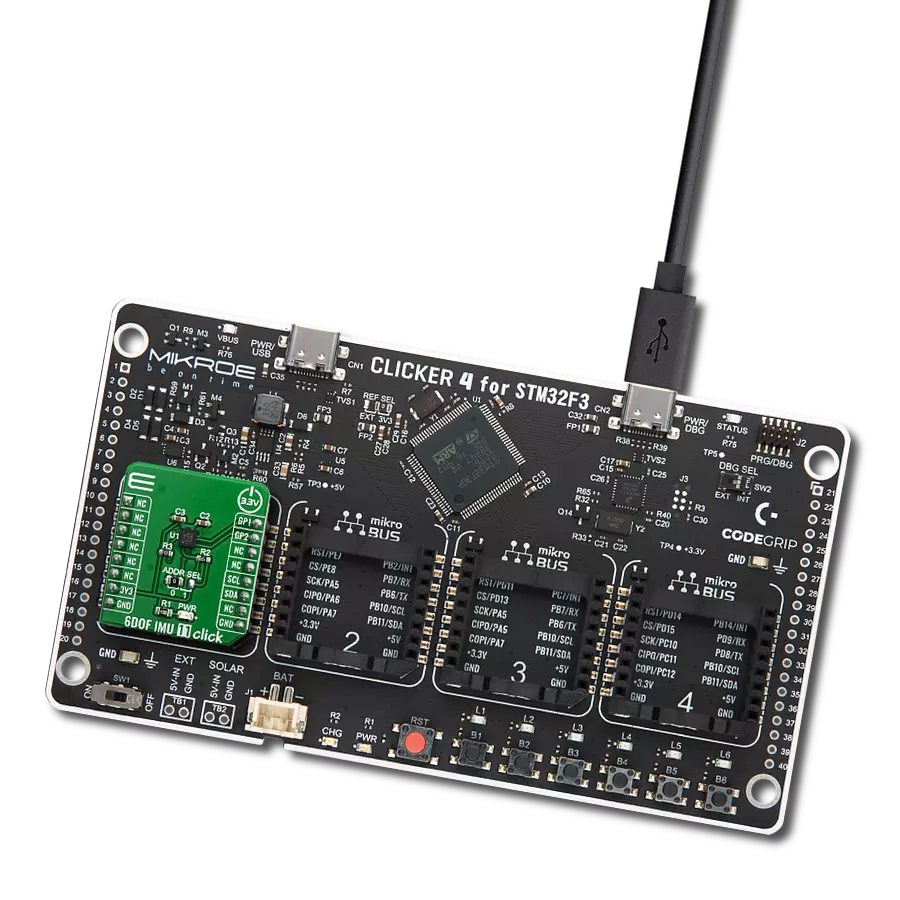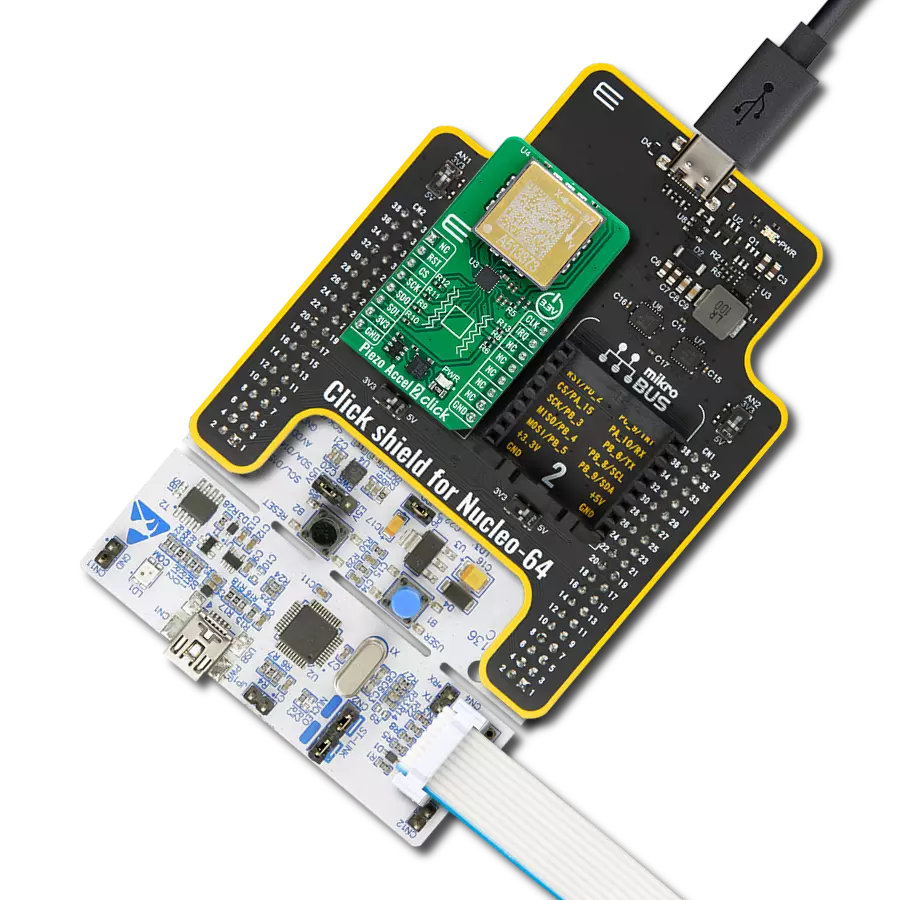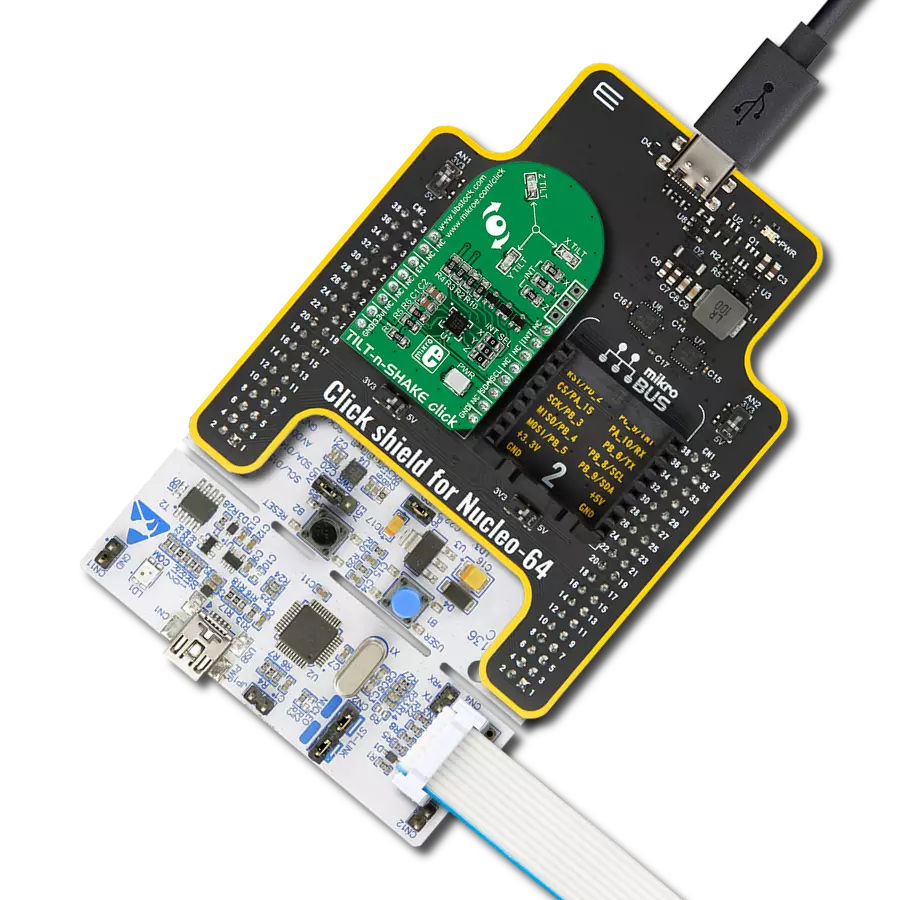Upgrade motion sensing in your IoT apps. Integrate infrared motion detection and enhance security and efficiency – act now!
A
A
Hardware Overview
How does it work?
Motion Click is based on the PIR500B, an infrared motion detector from Shenzhen Haiwang Sensor Co., perfect for all human detection designs, such as alarm systems or light switch controllers. The PIR500B has a white plastic Fresnel lens covering the sensor that filters visible light. It generates a voltage when exposed to infrared radiation emitted by live bodies. A BISS0001 further processes the signal from the PIR500B, a high-performance PIR (Passive Infra-Red) controller manufactured by CMOS process with analog mixing digital design technique. The BISS001
sends information about motion detection to the MCU through the mikroBUS™ OUT pin (INT pin of the mikroBUS™ socket) alongside visual detection of the motion through an onboard red LED. It is also possible to adjust the sensor detection range (up to 1.7m) using the onboard potentiometer marked as SENSE and the possibility of using the "Night-Only" operating mode. Selection can be performed by the onboard SMD jumper, placing it in an appropriate position marked as EN or DIS. Resoldering an SMD jumper to the EN position activates the onboard photo resistor LDR, which
acts as a light-sensitive switch. Also, users can enable or disable the sensor through the EN pin routed to the CS pin of the mikroBUS™ socket, hence, offering a switch operation to turn the sensor ON/OFF. This Click board™ can be operated only with a 3.3V logic voltage level. The board must perform appropriate logic voltage level conversion before using MCUs with different logic levels. However, the Click board™ comes equipped with a library containing functions and an example code that can be used, as a reference, for further development.
Features overview
Development board
Clicker 2 for Kinetis is a compact starter development board that brings the flexibility of add-on Click boards™ to your favorite microcontroller, making it a perfect starter kit for implementing your ideas. It comes with an onboard 32-bit ARM Cortex-M4F microcontroller, the MK64FN1M0VDC12 from NXP Semiconductors, two mikroBUS™ sockets for Click board™ connectivity, a USB connector, LED indicators, buttons, a JTAG programmer connector, and two 26-pin headers for interfacing with external electronics. Its compact design with clear and easily recognizable silkscreen markings allows you to build gadgets with unique functionalities and
features quickly. Each part of the Clicker 2 for Kinetis development kit contains the components necessary for the most efficient operation of the same board. In addition to the possibility of choosing the Clicker 2 for Kinetis programming method, using a USB HID mikroBootloader or an external mikroProg connector for Kinetis programmer, the Clicker 2 board also includes a clean and regulated power supply module for the development kit. It provides two ways of board-powering; through the USB Micro-B cable, where onboard voltage regulators provide the appropriate voltage levels to each component on the board, or
using a Li-Polymer battery via an onboard battery connector. All communication methods that mikroBUS™ itself supports are on this board, including the well-established mikroBUS™ socket, reset button, and several user-configurable buttons and LED indicators. Clicker 2 for Kinetis is an integral part of the Mikroe ecosystem, allowing you to create a new application in minutes. Natively supported by Mikroe software tools, it covers many aspects of prototyping thanks to a considerable number of different Click boards™ (over a thousand boards), the number of which is growing every day.
Microcontroller Overview
MCU Card / MCU
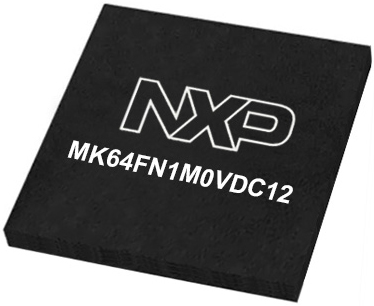
Architecture
ARM Cortex-M4
MCU Memory (KB)
1024
Silicon Vendor
NXP
Pin count
121
RAM (Bytes)
262144
Used MCU Pins
mikroBUS™ mapper
Take a closer look
Click board™ Schematic

Step by step
Project assembly
Track your results in real time
Application Output
1. Application Output - In Debug mode, the 'Application Output' window enables real-time data monitoring, offering direct insight into execution results. Ensure proper data display by configuring the environment correctly using the provided tutorial.

2. UART Terminal - Use the UART Terminal to monitor data transmission via a USB to UART converter, allowing direct communication between the Click board™ and your development system. Configure the baud rate and other serial settings according to your project's requirements to ensure proper functionality. For step-by-step setup instructions, refer to the provided tutorial.

3. Plot Output - The Plot feature offers a powerful way to visualize real-time sensor data, enabling trend analysis, debugging, and comparison of multiple data points. To set it up correctly, follow the provided tutorial, which includes a step-by-step example of using the Plot feature to display Click board™ readings. To use the Plot feature in your code, use the function: plot(*insert_graph_name*, variable_name);. This is a general format, and it is up to the user to replace 'insert_graph_name' with the actual graph name and 'variable_name' with the parameter to be displayed.

Software Support
Library Description
This library contains API for Motion Click driver.
Key functions:
motion_detected- Motion detected functionmotion_set_en_pin- Set states of the enable pin
Open Source
Code example
The complete application code and a ready-to-use project are available through the NECTO Studio Package Manager for direct installation in the NECTO Studio. The application code can also be found on the MIKROE GitHub account.
/*!
* \file
* \brief MOTION Click example
*
* # Description
* This application detects any motion around it and shows message
*
* The demo application is composed of two sections :
*
* ## Application Init
* Initializes Driver enable's the motion detection.
*
* ## Application Task
* Detect the motion and send a notification to the UART.
*
* \author Luka Filipovic
*
*/
// ------------------------------------------------------------------- INCLUDES
#include "board.h"
#include "log.h"
#include "motion.h"
// ------------------------------------------------------------------ VARIABLES
static motion_t motion;
static log_t logger;
motion_detect_state_t motion_state;
motion_detect_state_t motion_old_state;
// ------------------------------------------------------ APPLICATION FUNCTIONS
void application_init ( void )
{
log_cfg_t log_cfg;
motion_cfg_t cfg;
/**
* Logger initialization.
* Default baud rate: 115200
* Default log level: LOG_LEVEL_DEBUG
* @note If USB_UART_RX and USB_UART_TX
* are defined as HAL_PIN_NC, you will
* need to define them manually for log to work.
* See @b LOG_MAP_USB_UART macro definition for detailed explanation.
*/
LOG_MAP_USB_UART( log_cfg );
log_init( &logger, &log_cfg );
log_info(&logger, "---- Application Init ----");
log_printf( &logger, "------------------------\r\n" );
// Click initialization.
motion_cfg_setup( &cfg );
MOTION_MAP_MIKROBUS( cfg, MIKROBUS_1 );
motion_init( &motion, &cfg );
log_printf( &logger, " Motion Click\r\n" );
log_printf( &logger, "------------------------\r\n" );
motion_default_cfg ( &motion );
log_printf( &logger, " Enable Motion sensor\r\n" );
log_printf( &logger, "------------------------\r\n" );
Delay_ms ( 100 );
motion_state = MOTION_NO_DETECT;
motion_old_state = MOTION_DETECTED;
}
void application_task ( void )
{
// Task implementation.
motion_state = motion_get_detected( &motion );
if ( motion_state == MOTION_DETECTED && motion_old_state == MOTION_NO_DETECT )
{
motion_old_state = MOTION_DETECTED;
log_printf( &logger, " > Motion detected! <\r\n" );
log_printf( &logger, "------------------------\r\n" );
}
if ( motion_old_state == MOTION_DETECTED & motion_state == MOTION_NO_DETECT )
{
log_printf( &logger, " There is no movement\r\n" );
log_printf( &logger, "------------------------\r\n" );
motion_old_state = MOTION_NO_DETECT;
}
}
int main ( void )
{
/* Do not remove this line or clock might not be set correctly. */
#ifdef PREINIT_SUPPORTED
preinit();
#endif
application_init( );
for ( ; ; )
{
application_task( );
}
return 0;
}
// ------------------------------------------------------------------------ END

















